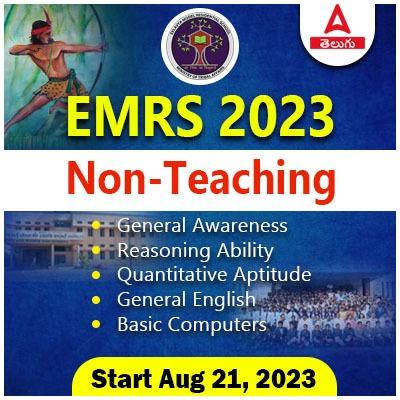Addapedia Editorial: Daily News Editorial PDF, 22 October 2024: Hello Aspirants ADDA 247 is back with Editorial Analysis in English. your daily source for in-depth news coverage and insightful editorial analysis. In this section, we comprehensively examine the latest national and international events, current affairs, and the historical context behind today’s most pressing topics. Our goal is to provide you with a well-rounded perspective on the news, helping you understand not just the headlines, but the intricate details and background that shape our world. This ADDAPEDIA Editorial Analysis will help you understand the National and International events Current affairs and the background of a particular topic. This comprehensive News analysis will help you in Clearing CA and Interview for many exams.
Adda247 APP
Court verdict on citizenship law for Assam
Context: The Supreme Court has upheld Section 6A of the Citizenship Act, which was introduced in 1985 as part of the Assam Accord, in a 4:1 decision.
What is Section 6A of the Citizenship Act?
- It is a special provision that applies only to the state of Assam, aimed at addressing the complex issue of illegal migration from Bangladesh (formerly East Pakistan) into Assam
- It confers deemed citizenship on those who entered Assam from East Pakistan before January 1, 1966
- Creates a registration system for granting citizenship to immigrants who came between January 1, 1966, and March 25, 1971.
- However, the condition is that they cannot vote in any election for 10 years from the date they are registered as citizens.
- It sets March 24, 1971, as the cut-off date for determining citizenship in Assam, people who entered after this date is considered as illegal.
- March 25, 1971, the day Pakistan began Operation Searchlight, a military drive to suppress the Bengali nationalist movement
Why did the Supreme Court uphold Section 6A?
- Recognized Parliament’s power to introduce citizenship provisions for different categories
- Acknowledged historical context and need for middle ground for granting citizenship
- Found the provision constitutionally valid despite differential treatment of Assam
- Aims to balance humanitarian approach towards immigrants with protecting Assam’s cultural, economic, and political rights
- Rejected argument that demographic change threatens constitutional fraternity (“demographic anxiety”)
What are the implications of this judgment?
- Preserves existing legal regime for determining citizenship in Assam
- Prevents complications in the ongoing National Register of Citizens process
- Maintains stability in citizenship determination process
- Avoids potential challenges to inter-state migration based on cultural protection
Can you answer the following question?
Examine the historical context and constitutional validity of Section 6A of the Citizenship Act in light of the recent Supreme Court judgment. How does this decision balance the interests of different stakeholders while addressing the unique challenges of citizenship determination in Assam?
The case for a nature restoration law in India
Context: The need for India to adopt a comprehensive Nature Restoration Law (NRL) similar to the European Union’s recent legislation, given India’s significant environmental degradation challenges.
Why does India need a Nature Restoration Law?
- Nearly 30% (97.85 million hectares) of India’s total geographical area faces land degradation
- Desertification affects 83.69 million hectares
- Key states like Gujarat, Karnataka, Maharashtra, and Rajasthan form 23.79% of desertified land
- Existing programs need to be complemented by a more comprehensive approach
What are the key features of EU’s Nature Restoration Law?
- Mandates restoration of 20% of EU’s land and sea areas by 2030
- Aims for complete ecosystem restoration by 2050
- Focuses on various ecosystems including forests, agricultural lands, rivers, and urban spaces
- Plans to restore 25,000 kilometers of rivers and plant 3 billion trees
What key elements should India’s Nature Restoration Law include?
- Restoration targets: 20% of degraded land by 2030, all ecosystems by 2050
- Wetland restoration: 30% of degraded wetlands by 2030
- Biodiversity in agriculture through agroforestry
- River restoration focusing on major rivers like Ganga and Yamuna
- Urban green spaces preservation and enhancement
What are the potential benefits of implementing such a law?
- Economic returns of up to $10 trillion annually globally by 2030
- Enhanced agricultural productivity
- Improved water security
- Creation of millions of rural jobs
- Help meet SDG Goal 15 (Life on Land) and Paris Agreement commitments
- Enhanced carbon sinks and climate resilience
Can you answer the following question?
Evaluate the need for a comprehensive Nature Restoration Law in India, drawing lessons from the EU’s model.
Adda247 Telugu YouTube Channel
Adda247 Telugu Telegram Channel
| Adda247 Telugu Home page | Click here |
| Adda247 Telugu APP | Click Here |















